磺胺甲基嘧啶
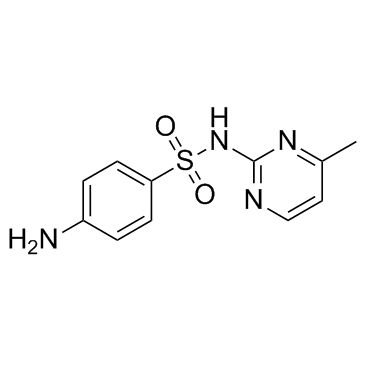
磺胺甲基嘧啶结构式

|
常用名 | 磺胺甲基嘧啶 | 英文名 | Sulfamerazine |
|---|---|---|---|---|
| CAS号 | 127-79-7 | 分子量 | 264.304 | |
| 密度 | 1.4±0.1 g/cm3 | 沸点 | 519.1±52.0 °C at 760 mmHg | |
| 分子式 | C11H12N4O2S | 熔点 | 234-238°C | |
| MSDS | 中文版 美版 | 闪点 | 267.8±30.7 °C | |
| 符号 |

GHS07 |
信号词 | Warning |
磺胺甲基嘧啶用途Sulfamerazine(RP-2632)是磺胺类抗菌素。 |
||||
磺胺甲基嘧啶作用磺胺甲基嘧啶(RP-2632)是一种磺胺类抗菌剂。通过与对氨基苯甲酸(PABA)竞争结合二氢蝶酸合成酶(二氢叶酸合成酶)来抑制细菌合成二氢叶酸。 磺胺甲基嘧啶在性质上是抑菌的。 抑制二氢叶酸的合成会减少细菌核苷酸和DNA的合成。 |
| 中文名 | 磺胺甲基嘧啶 |
|---|---|
| 英文名 | sulfamerazine |
| 中文别名 | 磺胺甲嘧啶 |
| 英文别名 | 更多 |
| 密度 | 1.4±0.1 g/cm3 |
|---|---|
| 沸点 | 519.1±52.0 °C at 760 mmHg |
| 熔点 | 234-238°C |
| 分子式 | C11H12N4O2S |
| 分子量 | 264.304 |
| 闪点 | 267.8±30.7 °C |
| 精确质量 | 264.068085 |
| PSA | 106.35000 |
| LogP | 0.34 |
| InChIKey | QPPBRPIAZZHUNT-UHFFFAOYSA-N |
| SMILES | Cc1ccnc(NS(=O)(=O)c2ccc(N)cc2)n1 |
| 外观性状 | 白色或淡黄色结晶粉末 |
| 蒸汽压 | 0.0±1.4 mmHg at 25°C |
| 折射率 | 1.660 |
| 储存条件 | 库房通风低温干燥 |
| 分子结构 | 五、分子性质数据: 1、 摩尔折射率:67.76 2、 摩尔体积(m3/mol):183.5 3、 等张比容(90.2K):542.6 4、 表面张力(dyne/cm):76.4 5、 极化率(10-24cm3):26.86 |
| 计算化学 | 1.疏水参数计算参考值(XlogP):无 2.氢键供体数量:2 3.氢键受体数量:6 4.可旋转化学键数量:3 5.互变异构体数量:6 6.拓扑分子极性表面积106 7.重原子数量:18 8.表面电荷:0 9.复杂度:360 10.同位素原子数量:0 11.确定原子立构中心数量:0 12.不确定原子立构中心数量:0 13.确定化学键立构中心数量:0 14.不确定化学键立构中心数量:0 15.共价键单元数量:1 |
|
磺胺甲基嘧啶毒理学数据: 1、急性毒性:大鼠皮下LD5O:1890mg/kg 大鼠经静脉注射LD5O:1100mg/kg 小鼠经口LD5O: 25gm /kg 小鼠经腹膜腔LD5O:1400mg/kg 小鼠皮下LD5O:1190mg/kg 2、其他多剂量毒性:猴子经口TDLO:45020mg/kg/17D-I 3、生殖毒性:大鼠(雄,交配前)经口TDLO:17934mg/kg/6W 小鼠(雌,受精后)经口TDLO: 6gm /kg/6-10D |
| 符号 |

GHS07 |
|---|---|
| 信号词 | Warning |
| 危害声明 | H315-H319-H335 |
| 警示性声明 | P305 + P351 + P338 |
| 个人防护装备 | dust mask type N95 (US);Eyeshields;Gloves |
| 危害码 (欧洲) | Xi: Irritant; |
| 风险声明 (欧洲) | R36/37/38 |
| 安全声明 (欧洲) | S26-S36/37 |
| 危险品运输编码 | NONH for all modes of transport |
| WGK德国 | 2 |
| RTECS号 | WP0750000 |
| 海关编码 | 2935009090 |
| 磺胺甲基嘧啶上游产品 10 | |
|---|---|
| 磺胺甲基嘧啶下游产品 2 | |
| 海关编码 | 2935009090 |
|---|---|
| 中文概述 | 2935009090 其他磺(酰)胺. 增值税率:17.0% 退税率:9.0% 监管条件:无 最惠国关税:6.5% 普通关税:35.0% |
| 申报要素 | 品名, 成分含量, 用途 |
| Summary | 2935009090 other sulphonamides VAT:17.0% Tax rebate rate:9.0% Supervision conditions:none MFN tariff:6.5% General tariff:35.0% |
|
Cheminformatics analysis of assertions mined from literature that describe drug-induced liver injury in different species.
Chem. Res. Toxicol. 23 , 171-83, (2010) Drug-induced liver injury is one of the main causes of drug attrition. The ability to predict the liver effects of drug candidates from their chemical structures is critical to help guide experimental... |
|
|
Convenient QSAR model for predicting the complexation of structurally diverse compounds with β-cyclodextrins
Bioorg. Med. Chem. 17 , 896-904, (2009) This paper reports a QSAR study for predicting the complexation of a large and heterogeneous variety of substances (233 organic compounds) with beta-cyclodextrins (beta-CDs). Several different theoret... |
|
|
Fast determination of 22 sulfonamides from chicken breast muscle using core-shell nanoring amino-functionalized superparamagnetic molecularly imprinted polymer followed by liquid chromatography-tandem mass spectrometry.
J. Chromatogr. A. 1345 , 17-28, (2014) A novel, simple and sensitive method was developed for the simultaneous determination of 22 sulfonamides (SAs) in chicken breast muscle by using the dispersive micro-solid-phase extraction (d-μ-SPE) p... |
| 2-sulfanilamido-4-methylpyrimidine |
| Mesulfa |
| 4-Amino-N-(4-methyl-2-pyrimidinyl)benzenesulfonamide (N1-(4-Methylpyrimidin-2-yl)sulfanilamide |
| Mebacid |
| 4-Amino-N-(4-methyl-2-pyrimidinyl)benzenesulfonamide |
| SMI |
| A-310 |
| METSULFA |
| Romezin |
| sulfamerazine |
| Benzenesulfonamide, 4-amino-N-(4-methyl-2-pyrimidinyl)- |
| Sulfamerazin |
| RP 2632 |
| 4-amino-N-(4-methylpyrimidin-2-yl)benzenesulfonamide |
| sulphamerazine |
| 2643-RP |
| EINECS 204-866-2 |
| DEBENAL |
| MFCD00023212 |

 CAS号127-73-1
CAS号127-73-1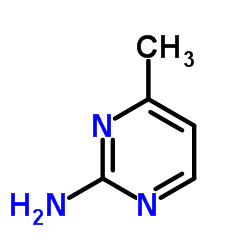 CAS号108-52-1
CAS号108-52-1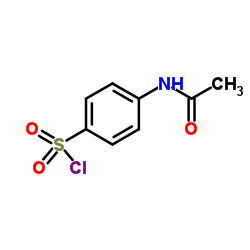 CAS号121-60-8
CAS号121-60-8![Acetamide,N-[4-[[(aminoiminomethyl)amino]sulfonyl]phenyl]-结构式](https://image.chemsrc.com/caspic/059/19077-97-5.png) CAS号19077-97-5
CAS号19077-97-5 CAS号7119-27-9
CAS号7119-27-9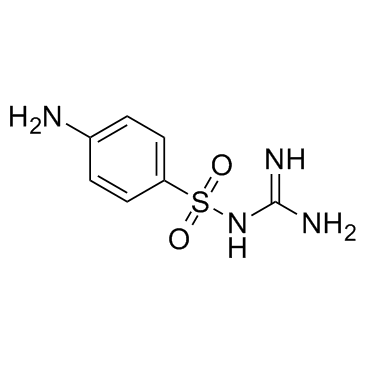 CAS号57-67-0
CAS号57-67-0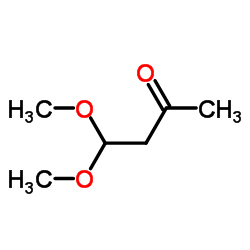 CAS号5436-21-5
CAS号5436-21-5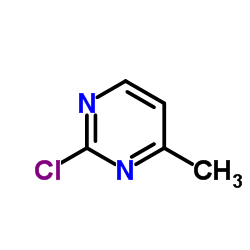 CAS号13036-57-2
CAS号13036-57-2 CAS号14001-63-9
CAS号14001-63-9![2-[(N-acetyl-sulfanilyl)-amino]-6-methyl-pyrimidine-4-carboxylic acid结构式](https://image.chemsrc.com/caspic/120/857410-69-6.png) CAS号857410-69-6
CAS号857410-69-6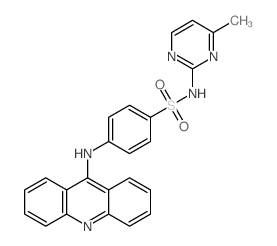 CAS号78373-14-5
CAS号78373-14-5
